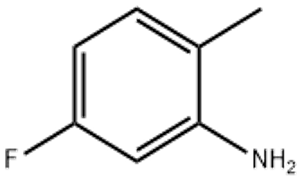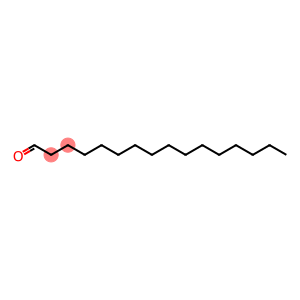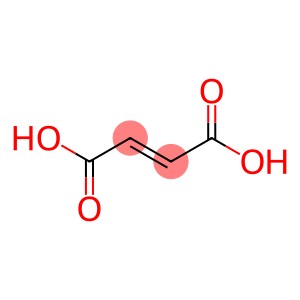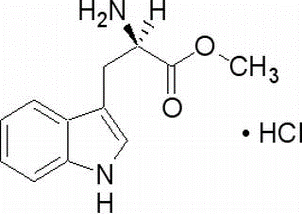Hexyl alcohol(CAS#111-27-3)
| Hazard Symbols | Xn – Harmful |
| Risk Codes | 22 – Harmful if swallowed |
| Safety Description | 24/25 – Avoid contact with skin and eyes. |
| UN IDs | UN 2282 3/PG 3 |
| WGK Germany | 1 |
| RTECS | MQ4025000 |
| TSCA | Yes |
| HS Code | 29051900 |
| Hazard Class | 3 |
| Packing Group | III |
| Toxicity | LD50 oral in rat: 720mg/kg |
Introduction
n-hexanol, also known as hexanol, is an organic compound. It is a colorless, peculiar odor liquid with low volatility at room temperature.
n-hexanol has a wide range of applications in many fields. It is an important solvent that can be used to dissolve resins, paints, inks, etc. N-hexanol can also be used in the preparation of ester compounds, softeners and plastics, among others.
There are two main ways to prepare n-hexanol. One is prepared by hydrogenation of ethylene, which undergoes catalytic hydrogenation reaction to obtain n-hexanol. Another method is obtained by the reduction of fatty acids, for example, from caproic acid by solution electrolytic reduction or reducing agent reduction.
It is irritating to the eyes and skin and may cause redness, swelling or burns. Avoid inhaling their vapours and, if inhaled, quickly move the victim to fresh air and seek medical attention. N-hexanol is a flammable substance and should be stored in a cool, ventilated place to avoid contact with oxidants and strong acids.








